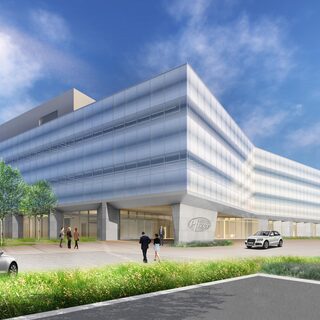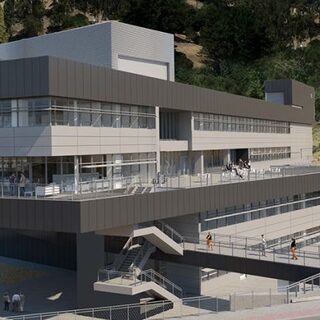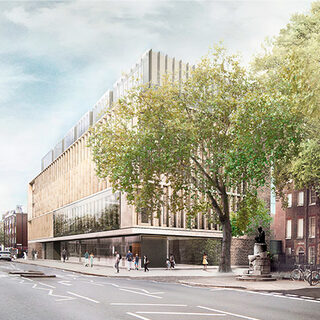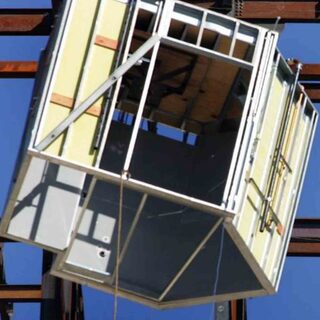Pfizer Breaks Ground on Chesterfield R&D Facility
Pfizer broke ground in June of 2017 on a $200 million research and development facility in Chesterfield, Mo. Housing the BioTherapeutics Pharmaceutical Sciences group, the 295,000-sf project will enable the advancement of Pfizer’s biologics, vaccines, and gene therapy portfolio. Designed by Forum and EwingCole, the facility will feature flexible laboratories, open offices, and collaboration spaces with advanced conferencing technologies.









